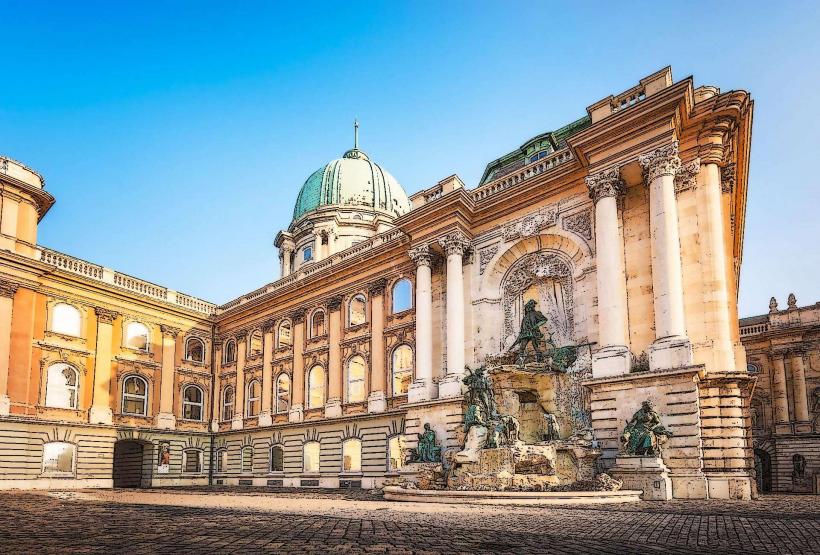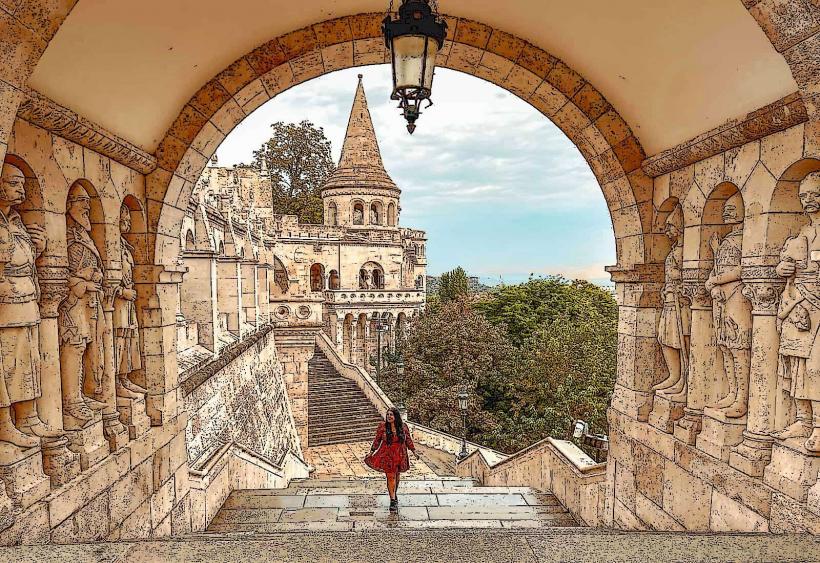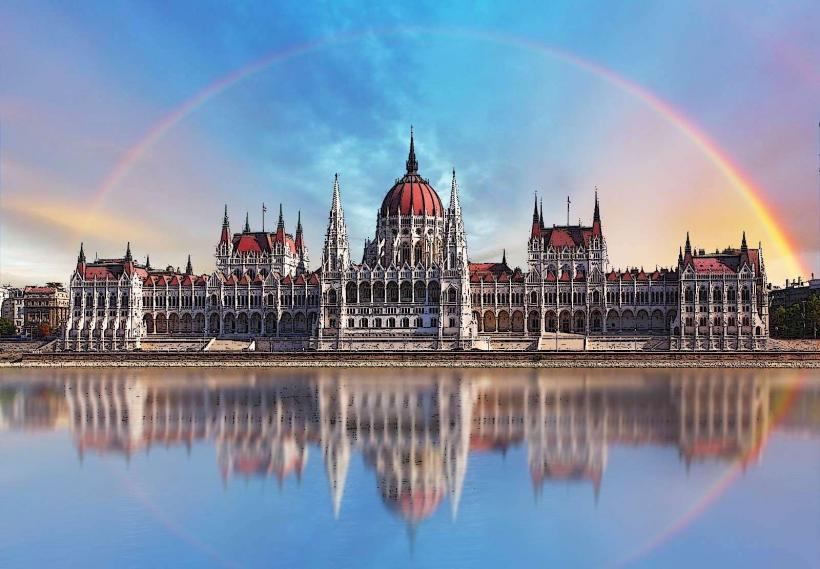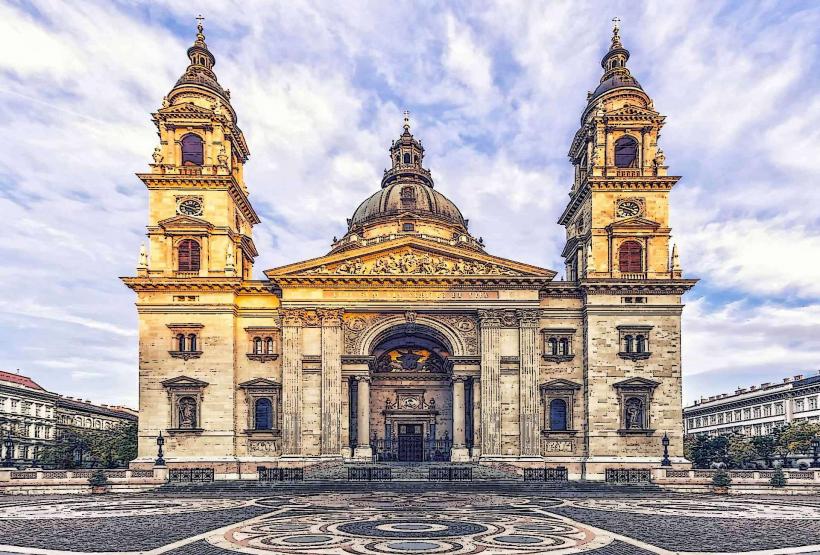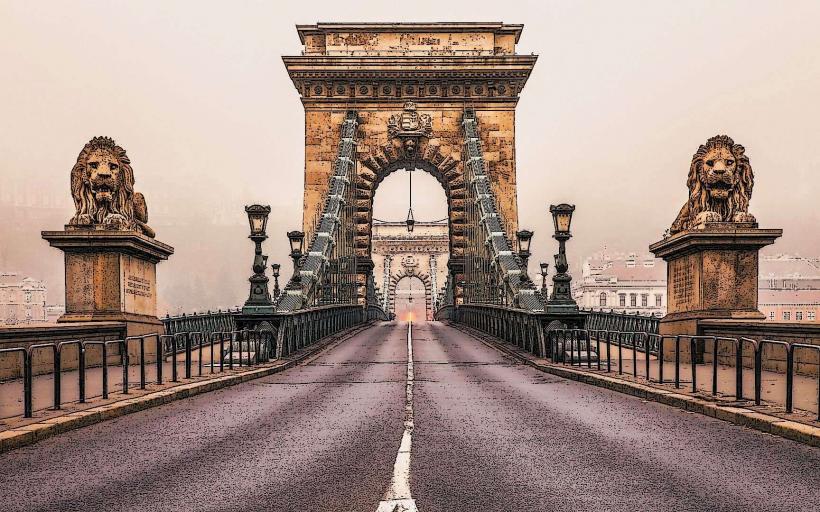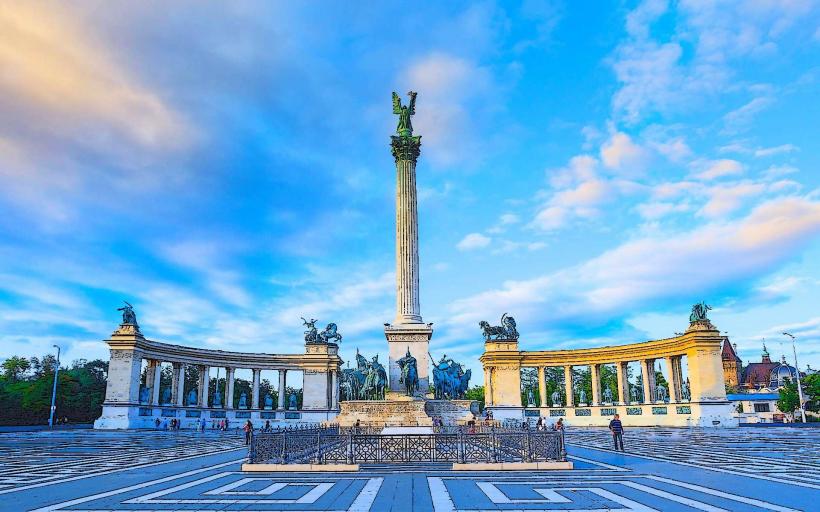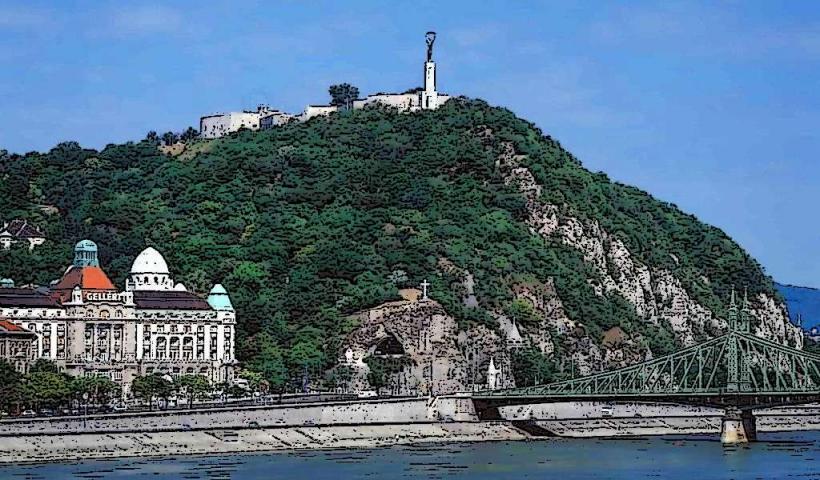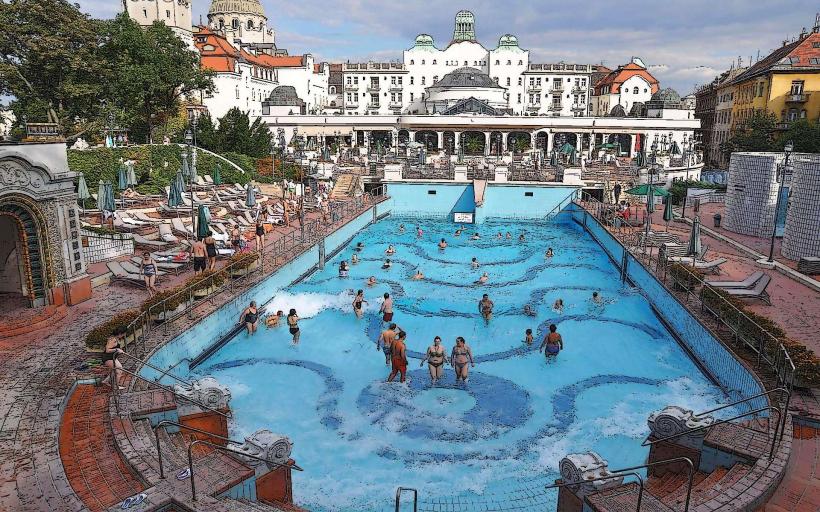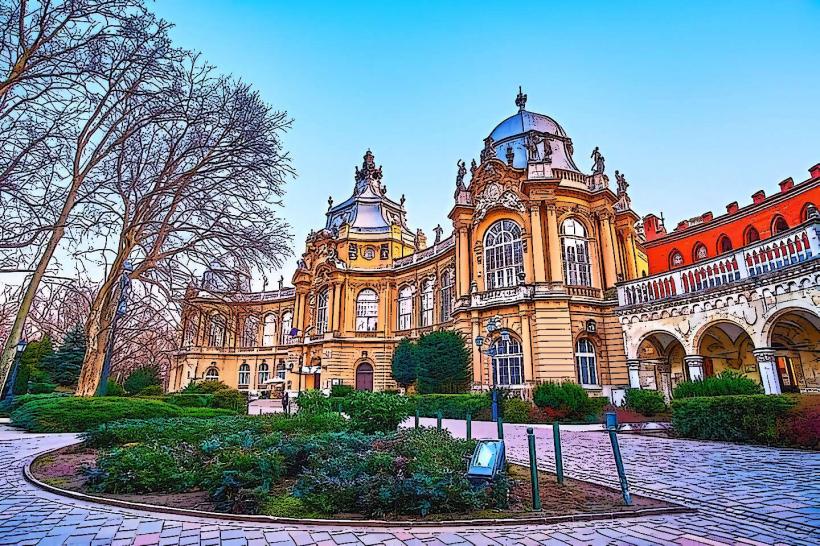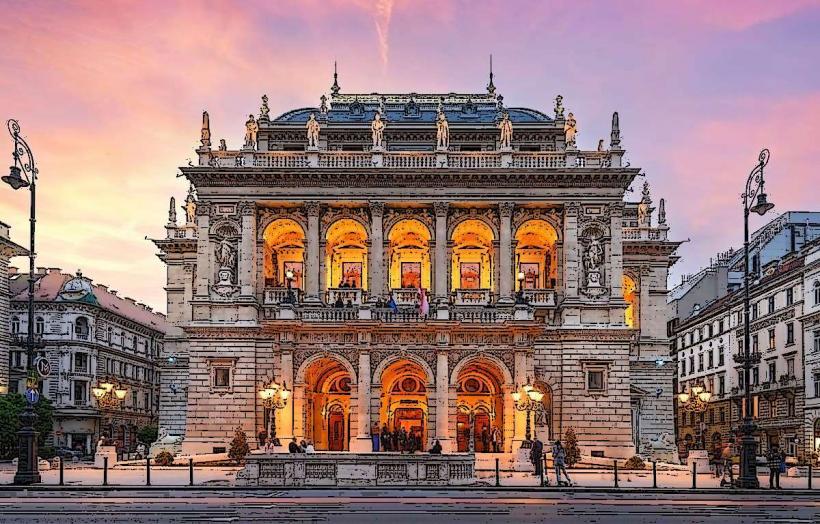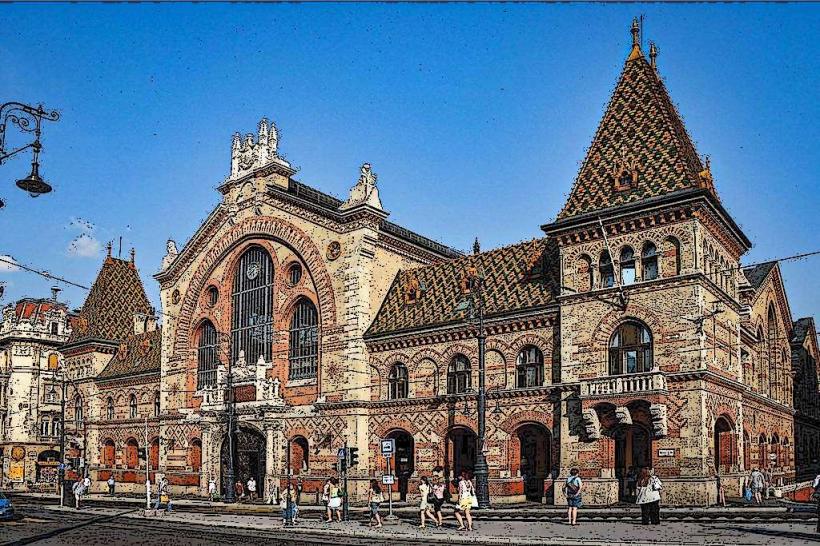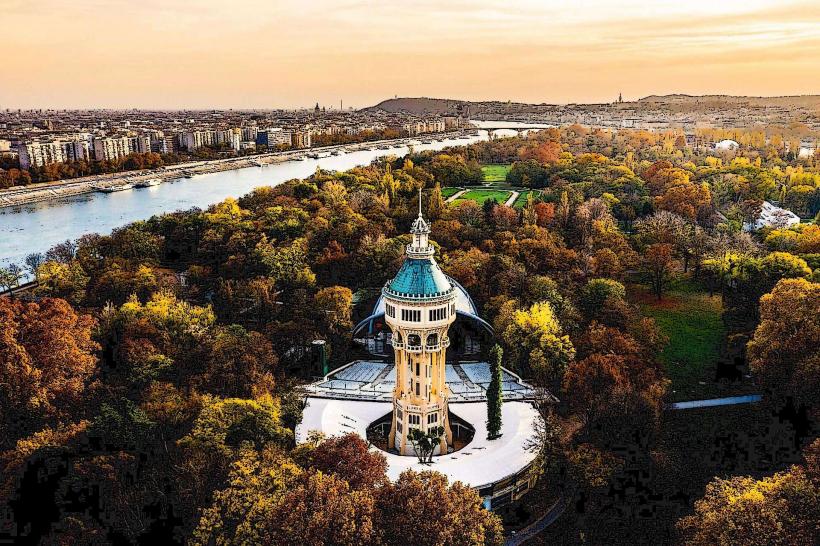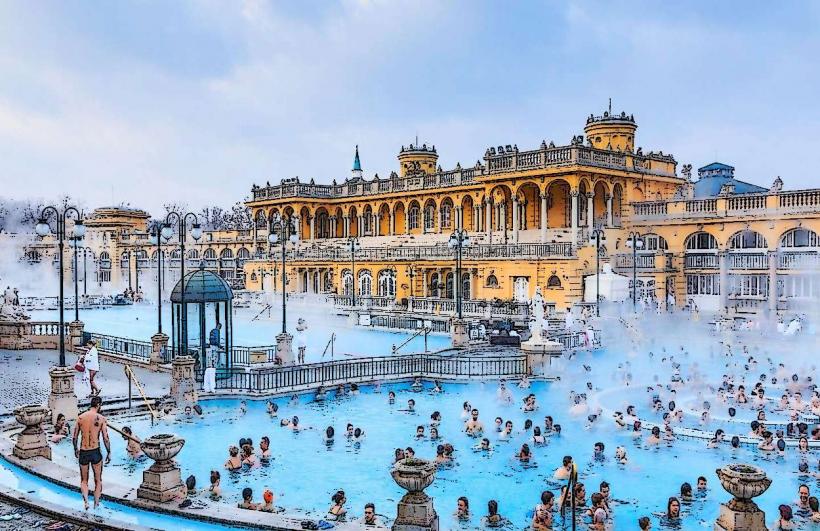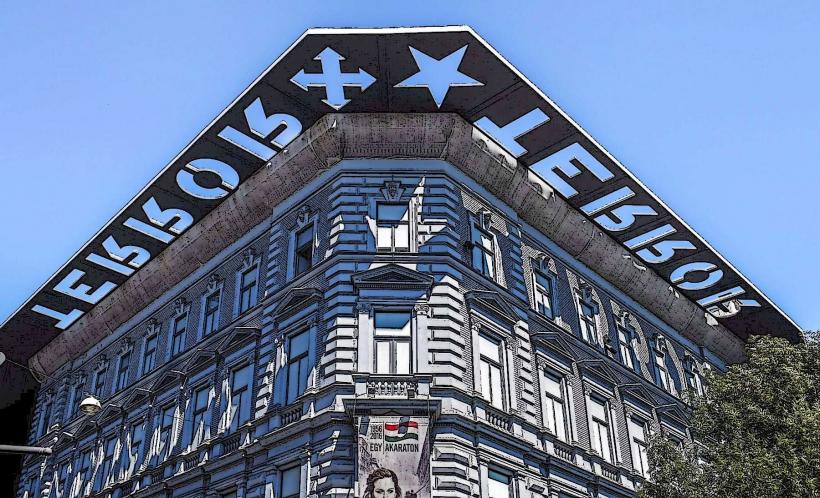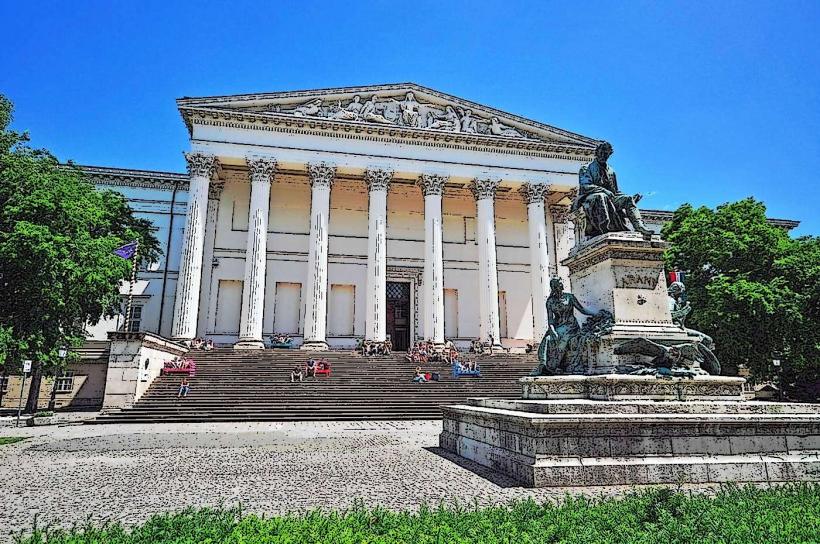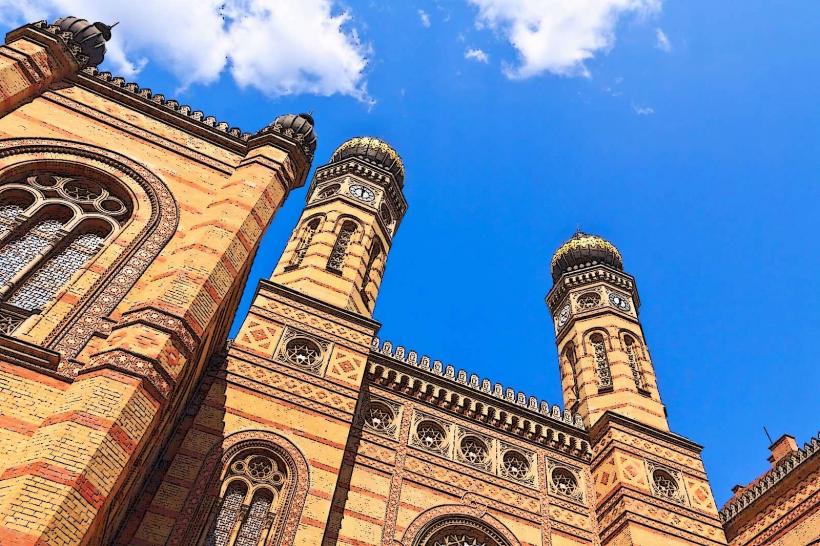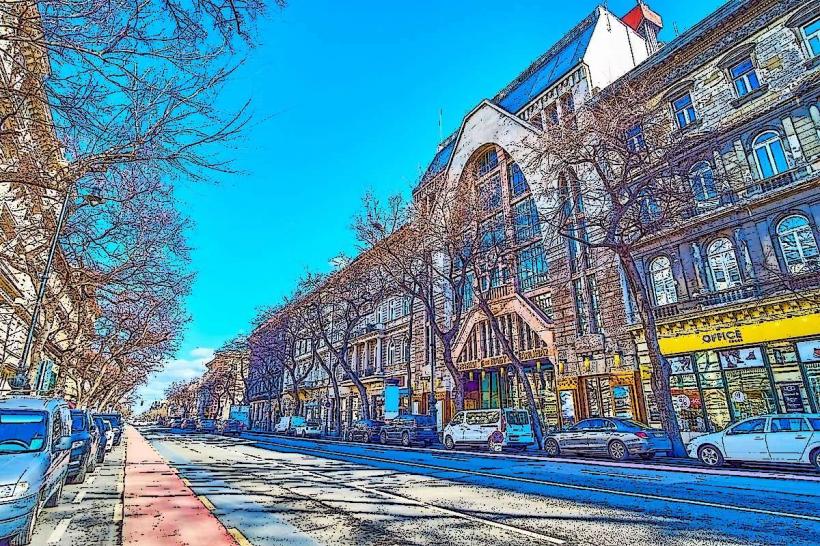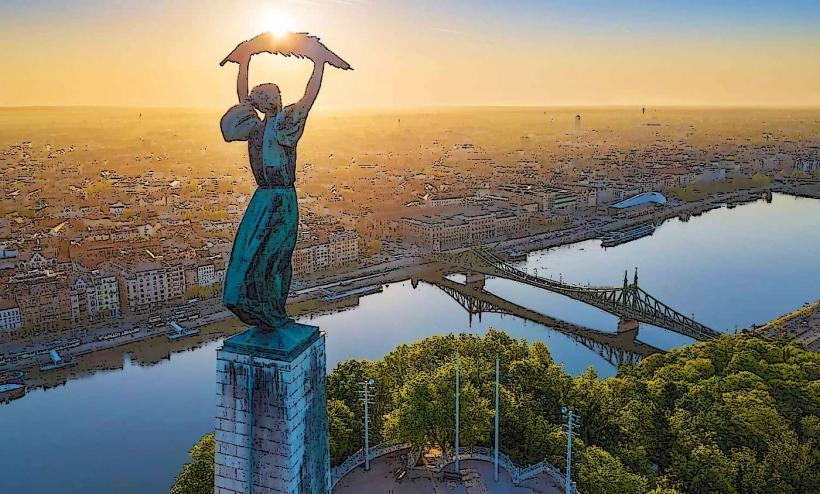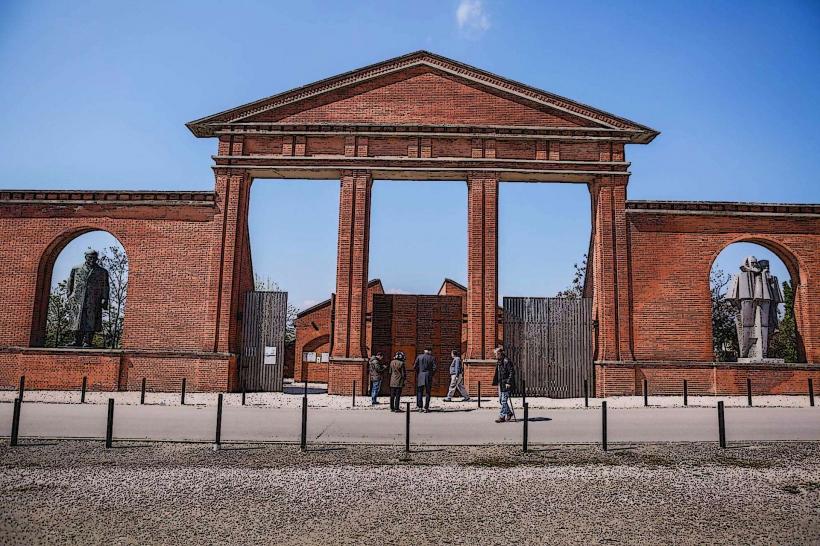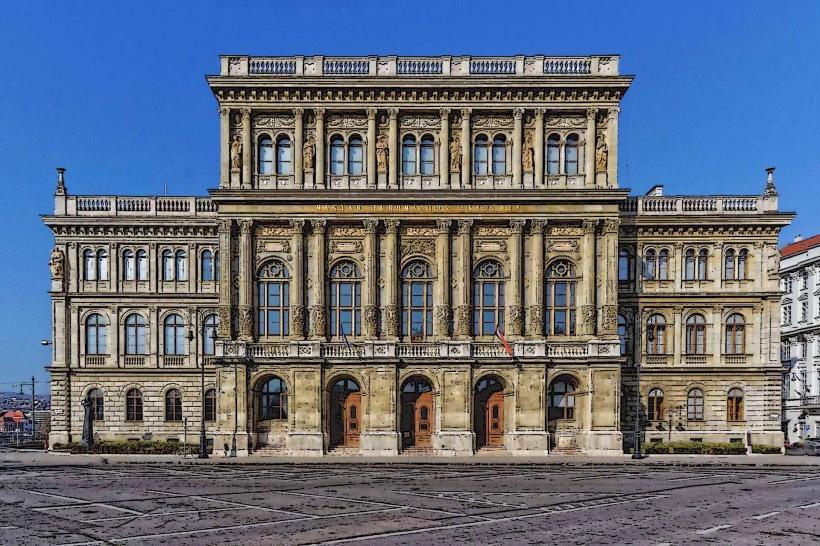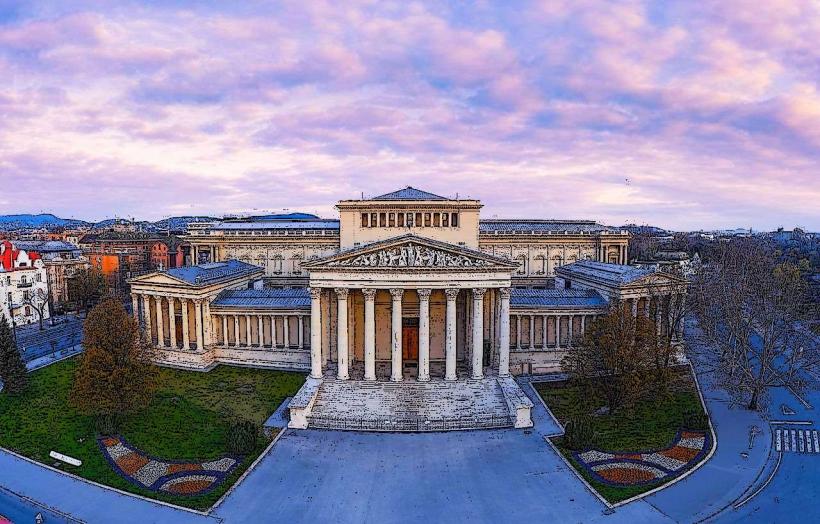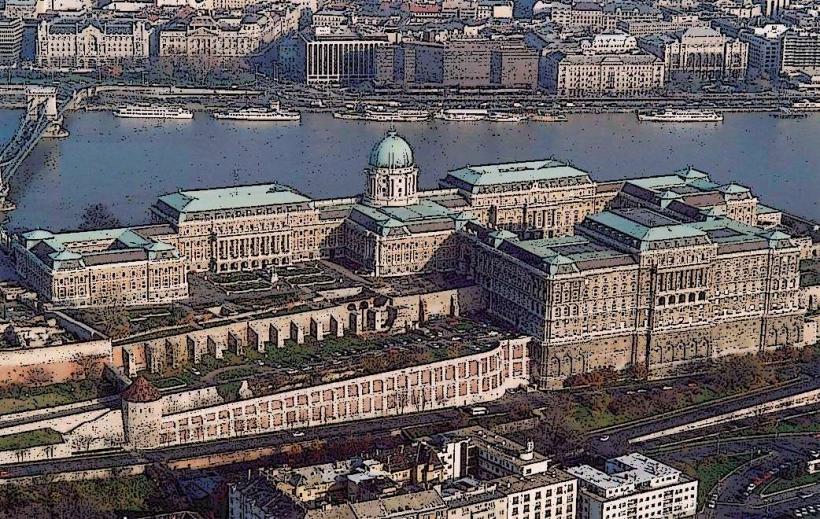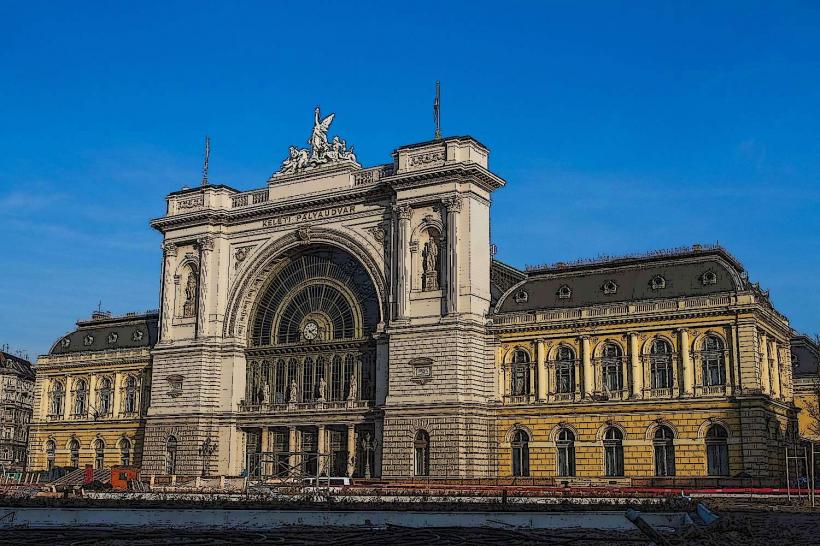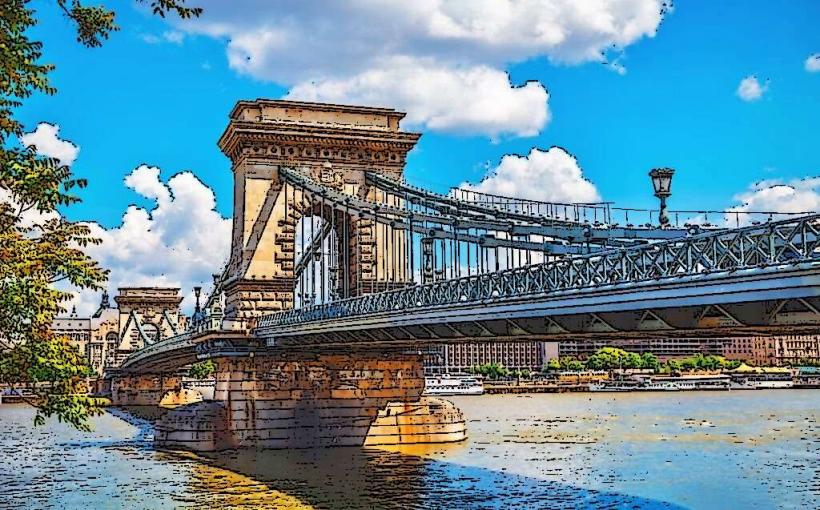Information
Landmark: Matthias ChurchCity: Budapest
Country: Hungary
Continent: Europe
Matthias Church (Hungarian: Mátyás-templom), officially known as the Church of Our Lady (Nagyboldogasszony-templom), is one of the most famous and historically significant churches in Budapest, Hungary. Located in the heart of Buda Castle District, the church is known for its stunning architecture, rich history, and close association with Hungarian kings.
History and Significance
Matthias Church has a long history dating back to the 13th century, although the site itself has been a place of Christian worship since the early medieval period. The church was originally founded in 1015 by King Stephen I, the first king of Hungary, and it became the coronation church for Hungarian kings.
Construction and Gothic Architecture: The current structure was begun in 1255 during the reign of King Béla IV of Hungary, following the destruction of an earlier church during the Mongol invasion of Hungary. The church was built in the Gothic style, and it is one of the finest examples of Gothic architecture in Hungary. Over the centuries, the church underwent several reconstructions and renovations, particularly in the 14th century under King Matthias Corvinus after whom the church is named.
King Matthias: The church gained its name from King Matthias I (Matthias Corvinus), who ruled Hungary in the late 15th century. Matthias played an important role in the church’s history by commissioning the renovation and expansion of the church, including the addition of a magnificent roof with colorful tiles, which has become one of its most iconic features.
A Place of Royal Ceremonies: Matthias Church has been the site of numerous coronations of Hungarian kings, most notably the coronation of King Matthias I himself. It was also used for royal weddings and other important ceremonies. Its significance as a religious and political center for Hungary cannot be overstated.
Ottoman Era: During the Ottoman occupation of Hungary (1541–1686), the church was converted into a mosque, and many of its Christian symbols were removed or replaced. It remained a mosque for over 140 years until the Habsburgs retook Budapest in 1686, after which the church was restored to its original Christian function.
20th Century and Restoration: The church underwent significant restoration work in the 19th and 20th centuries. In the post-World War II period, further restoration efforts were made to preserve its structure and artistic elements. In the 1990s, the church underwent a major restoration, including the restoration of its interior and the roof.
Architectural Features
Exterior:
- The church’s Gothic façade is marked by pointed arches, flying buttresses, and intricate carvings. The impressive twin towers at the front of the church stand at 60 meters tall (197 feet) and are topped with spires.
- One of the most distinctive features of the church is its roof, which is covered with colorful Zsolnay tiles in green, yellow, and white patterns, giving the church a striking appearance from afar. The roof is considered one of the finest examples of Hungarian tile craftsmanship.
Interior:
- The interior of Matthias Church is equally stunning, with Gothic arches, stained glass windows, and frescoes adorning the walls. The church’s interior is a blend of Gothic, Baroque, and Renaissance elements, reflecting the various periods of renovation it has undergone over the centuries.
- The main altar is a beautiful Baroque masterpiece, and there are several notable chapels within the church, each with its own distinctive artwork and decorations.
- The church also contains a royal chapel and the Coronation Hall, where Hungarian kings were crowned.
Famous Artworks:
- The interior features frescoes painted by Hungarian artists, including scenes from the life of Christ and images of various saints. Some of the most notable works are located in the chapels and the main sanctuary.
- The pulpit of Matthias Church is a Renaissance-style masterpiece, crafted from wood and adorned with intricate carvings.
**The Bell Tower and Bells:
- The church has a prominent bell tower, which houses several bells. The bells of Matthias Church have witnessed many significant moments in Hungary’s history and continue to chime on special occasions.
Notable Features
Fisherman’s Bastion:
- Matthias Church is located right next to the Fisherman’s Bastion, another landmark in the Buda Castle District. The Fisherman’s Bastion is a neo-Gothic terrace offering one of the best panoramic views of Budapest, including a view of the Danube River and the Parliament Building on the Pest side. This makes the church and its surrounding area one of the most visited and photographed locations in Budapest.
Cultural and Religious Significance:
- Matthias Church is not only a significant religious site but also an important cultural landmark in Hungary. It hosts various religious services, including Mass, weddings, and special services. The church also plays a role in national holidays, especially August 20, when Hungary’s National Day is celebrated in honor of King Stephen I, the founder of the Hungarian state.
Museum:
- The church also has a museum within its premises, where visitors can learn about the church's history and the kings who were crowned there. The museum also displays some of the original artifacts and works of art that have been preserved from the church’s long history.
Visiting Matthias Church
- Location: Matthias Church is located in the Buda Castle District of Budapest, making it an easy destination to visit while exploring the castle grounds and surrounding landmarks.
- Opening Hours: The church is open to visitors daily. It is typically open for sightseeing during the day, and religious services take place in the mornings and evenings. It’s always advisable to check the church’s schedule if you plan to visit during a service or a special event.
- Entrance Fees: There is an entrance fee for visiting Matthias Church, though it is usually free to attend religious services. Fees for entry vary depending on the time of year and the type of visit.
Conclusion
Matthias Church is a must-see for anyone visiting Budapest, offering a fascinating glimpse into Hungary’s royal and religious history. Its Gothic architecture, stunning frescoes, and rich cultural significance make it one of the most iconic landmarks in the city. Whether you are interested in the history of Hungarian kings, the beauty of religious architecture, or simply want to take in one of the best views in Budapest, Matthias Church offers an unforgettable experience.

